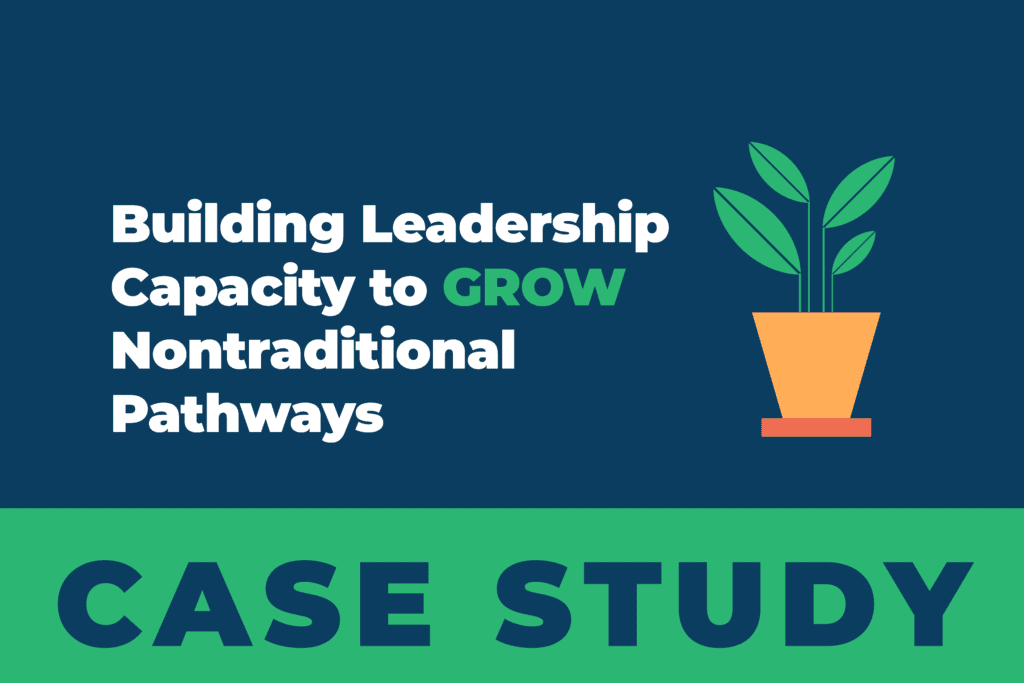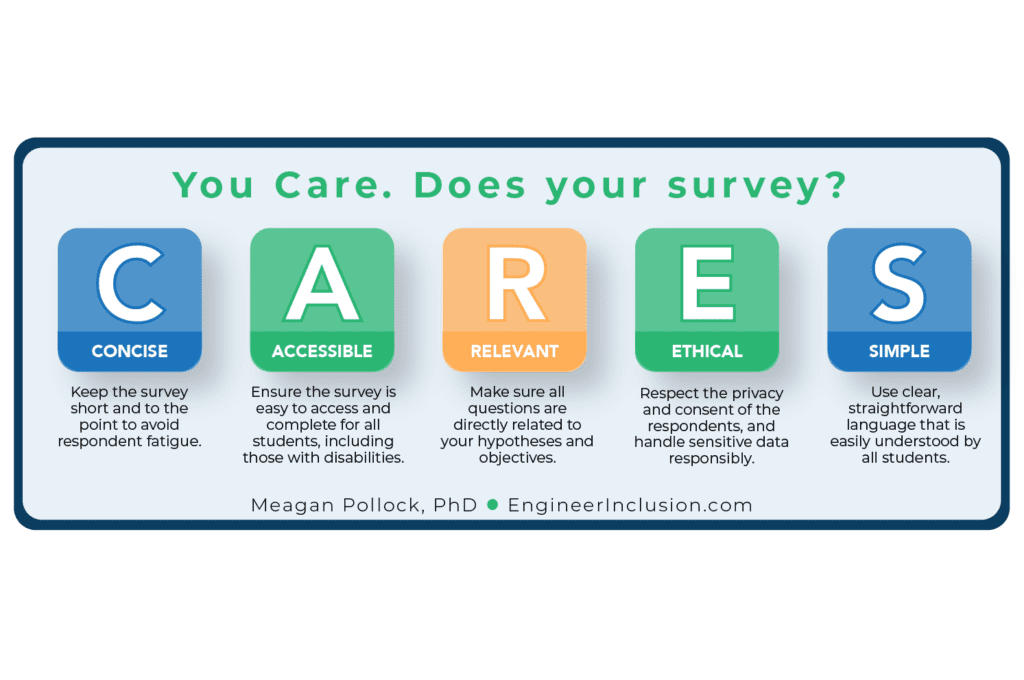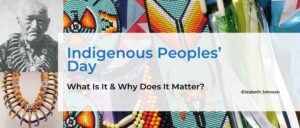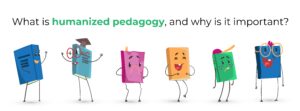Giving feedback can be challenging, and receiving it even more so. In this post, discover how to use empathy, active listening, and our LISTEN framework to improve your feedback-receiving skills. This article provides case study examples and gives you strategies for better communication.
In our diverse global workplaces and educational settings, receiving feedback with cultural intelligence is essential for fostering inclusivity, mutual respect, and effective communication. This guide combines insights on receiving feedback within multicultural contexts, emphasizing the LISTEN framework for Culturally Intelligent Communication and best practices aligned with it. Through this approach, we offer educators, professionals, and organizations actionable strategies to navigate the complexities of feedback with empathy, understanding, and skill.
Cultivating Cultural Intelligence in Feedback Processes
It is fundamental to understand that feedback is a cultural artifact deeply rooted in the values, norms, and communication styles of diverse backgrounds. Cultural intelligence, in this context, means the capability to work and relate effectively across cultures. It involves connecting not just with the content of the feedback but also with the cultural contexts and emotional undertones that frame it.
- What is culturally intelligent communication? Introducing the LISTEN framework
- Navigating the Depths of Feedback: A Fresh Sea-Inspired Approach
- How to Plan Feedback (By Prioritizing Inclusion)
- On-demand Course: Self-Efficacy Boosting Feedback
- How to give self-efficacy boosting feedback
- What is the best type of feedback? Sticky Feedback

Deepening Empathy in Multicultural Feedback
Empathy is the ability to understand and share the feelings of another. It is connecting to the emotion another person is experiencing and not the actual experience.
Dr. Brené Brown
Empathy, in the context of receiving feedback with cultural intelligence, goes beyond merely understanding the words spoken by the feedback giver. It involves a profound engagement with the other person’s emotional experience, recognizing and appreciating the courage it takes to share feedback, especially in a multicultural environment. Empathy acts as a bridge in this setting, allowing the receiver to connect with the feedback giver’s perspectives, emotions, and cultural background. This connection fosters a sense of trust and safety, making it more likely for feedback to be exchanged in a constructive and valued manner.
Empathy also entails recognizing and valuing the diversity of experiences and perspectives that individuals bring to the table. It requires an openness to learning from these differences, seeing them as opportunities for growth rather than communication barriers. By practicing empathy, individuals demonstrate a commitment to understanding the explicit content of the feedback and the implicit messages and cultural nuances embedded within it. This deep understanding can transform feedback from a simple transaction into a rich, multidimensional dialogue that enriches both parties.
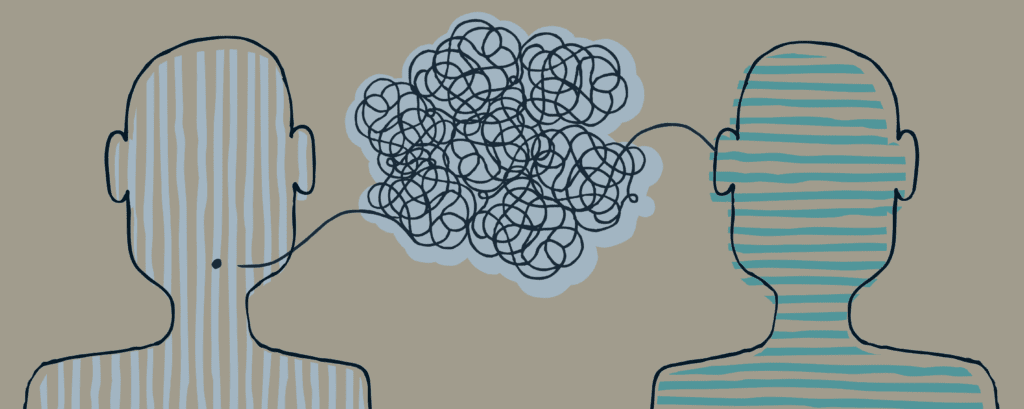
Elevating Active Listening for Cultural Intelligence
Most people do not listen with the intent to understand; they listen with the intent to reply.
Stephen R. Covey
Active listening, when paired with empathy, becomes a powerful tool for receiving feedback in a culturally intelligent manner. It involves giving the speaker undivided attention, acknowledging their message without immediate judgment or interruption, and responding to confirm the message has been heard and understood. In multicultural settings, active listening takes on additional dimensions, as it requires sensitivity to cultural nuances in communication styles, such as indirectness or non-verbal cues, which may carry significant meaning.
Practicing active listening in a culturally diverse context also means being aware of and adjusting to how people express themselves based on their cultural backgrounds. It may involve paying closer attention to what is not said—reading between the lines and being sensitive to the context in which the feedback is given. Active listening in such environments encourages feedback givers to share openly, knowing their perspectives are genuinely being considered and respected.
Moreover, active listening supports the process of inquiry and clarification, which are fundamental aspects of the LISTEN framework. By asking thoughtful, culturally sensitive questions based on what has been actively listened to, feedback receivers can deepen their understanding of the feedback and its cultural context, leading to more effective and appropriate responses.
 Synergy of Empathy and Active Listening
Synergy of Empathy and Active Listening
The synergy between empathy and active listening in the context of cultural intelligence transforms feedback into an opportunity for meaningful interaction and connection. It creates a space where diverse voices are heard and truly understood, fostering an environment of mutual respect, learning, and shared growth. Through deliberate empathy and active listening, individuals and organizations can navigate the complexities of multicultural feedback with grace, leading to more inclusive, effective, and enriching communication.

The LISTEN, THANK, CLARIFY Framework: Enhancing Constructive Engagement
The LISTEN, THANK, CLARIFY approach provides a structured method for constructively engaging with feedback. This approach is further enriched by aligning with our LISTEN framework for Culturally Intelligent Communication:
Listen
Fully engage with the feedback, recognizing its cultural nuances and the speaker’s perspective.
THANK
Show genuine appreciation for the feedback, acknowledging the courage and effort involved in sharing insights.
CLARIFY
Seek a deeper understanding through culturally sensitive questions, ensuring shared comprehension of the feedback’s implications.
Best Practices
Receiving Feedback with Cultural Intelligence
Aligned with the LISTEN framework, these best practices guide the reception of feedback with an open mind and cultural sensitivity:
Learn
Learn through Active Listening and Openness
Embrace feedback with an open mind, recognizing how cultural backgrounds influence feedback styles. Cultivate cultural humility by acknowledging one’s privileges and biases and actively listening to and valuing diverse perspectives.
INQUIRE
Inquire with Clarification and Inquiry
Ask culturally sensitive questions for better understanding and directly address cultural differences that may lead to misinterpretations.
Synthesize
Synthesize with Self-awareness and Reflection
Understand your cultural biases and how they affect feedback perception. Reflect on initial reactions and the feedback giver’s cultural context.
Translate
Translate through Adaptation and Application
Adapt feedback into actionable steps for improvement, mindful of diverse cultural contexts.
Empathize
Empathize with Empathy and Perspective-taking
Try to understand the feedback giver’s perspective and the cultural norms influencing their communication for accurate, non-defensive feedback interpretation.
Navigate
Navigate with Reflective Listening
Engage in reflective listening to demonstrate empathy and ensure clarity. Recognize and navigate power dynamics and privilege in feedback exchanges.
Real-World Applications and Challenges
Implementing these approaches in scenarios like adjusting academic curriculums for more diversity or adapting communication styles for cultural sensitivity highlights their effectiveness in promoting inclusivity. Despite challenges, such as overcoming personal biases and misunderstandings rooted in cultural differences, the opportunities for growth and creating more harmonious, inclusive environments are immense.
Below are three case studies, one each for a workplace, education, and interpersonal-type scenario.
Case Study 1
WORKPLACE SCENARIO
PROJECT MANAGEMENT TEAM CONFLICT
In a bustling marketing firm, a project management team faced significant delays in launching a new campaign. The issue’s root was communication breakdowns between the creative and digital strategy teams. Sarah, the project manager, decided to address the situation by employing empathy, active listening, the “Listen, Thank, Clarify” approach, and the LISTEN framework.
Sarah encouraged both teams to share their frustrations and challenges during a crucial meeting. She attempted to create a safe space for open dialogue by actively listening and showing genuine empathy. Instead of assigning blame, Sarah thanked each team member for their honesty and sought clarification on specific issues affecting their workflow.
This approach led to a breakthrough; the teams realized that misunderstanding deadlines and priorities contributed to the project’s delays. Together, they devised a more effective communication strategy, incorporating regular check-ins and clearer guidelines for collaboration. By focusing on empathy and active listening, Sarah resolved the conflict and fostered a more cohesive and understanding team environment, ultimately ensuring the campaign’s successful launch.
Case Study 2
Education Scenario
Addressing Diverse Classroom Needs
Dr. Thompson teaches a diverse class of students, many of whom come from various cultural backgrounds and have different learning needs. After receiving feedback that his teaching methods did not effectively accommodate all students, Dr. Thompson applied the “Listen, Thank, Clarify” formula and the LISTEN framework to understand better and address his students’ needs.
He organized a series of feedback sessions where students could anonymously express their concerns and suggestions. Dr. Thompson listened attentively, empathizing with their experiences and thanking them for their valuable input. He sought clarification on recommendations for improvement, such as incorporating more diverse perspectives in the curriculum and offering additional support for non-native speakers.
Motivated by the feedback, Dr. Thompson revised his teaching approach, integrating more inclusive materials and diverse assessment methods. He also introduced regular, informal check-ins with his students to gauge their ongoing needs and adjust his methods accordingly. As a result, students felt more engaged and supported, leading to improved academic performance and a more inclusive learning environment.
Case Study 3
Interpersonal Scenario
Navigating Family Dynamics
Maria and her sister, Elena, had a long-standing disagreement about how to care for their aging parents. Their communication had broken down, leading to tension and unresolved conflict. Determined to mend their relationship and find a solution, Maria proposed they try a new approach based on empathy, active listening, the “Listen, Thank, Clarify” formula, and the LISTEN framework.
During their conversation, Maria consciously listened to Elena’s concerns without interrupting, acknowledging her feelings, and thanking her for sharing her perspective. She asked clarifying questions to fully understand Elena’s viewpoint and concerns about their parents’ care.
This empathetic approach allowed Maria and Elena to openly express their emotions and concerns, leading to a deeper understanding of each other’s perspectives. They realized that their shared goal was their parents’ well-being and that compromise was necessary. Together, they developed a care plan considering their parents’ needs and individual capacities to contribute.
By focusing on empathy and active listening, Maria and Elena resolved their disagreement and strengthened their relationship, demonstrating the power of these skills in navigating complex interpersonal dynamics.
Conclusion
Receiving feedback with cultural intelligence is a transformative practice that fosters personal development, understanding across cultural divides, and creating more inclusive environments. By embracing the LISTEN framework, along with the principles of empathy, active listening, and the LISTEN, THANK, CLARIFY approach, we can turn feedback into a powerful tool for connection, learning, and growth. This commitment to culturally intelligent feedback practices promises to unite diverse perspectives, bridge cultural gaps, and cultivate respect, collaboration and shared success.
References and Additional Reading
- ten Cate, O. T. J. (2013). Why receiving feedback collides with self determination. Advances in Health Sciences Education, 18, 845-849.
- Jug, R., Jiang, X. S., & Bean, S. M. (2019). Giving and receiving effective feedback: A review article and how-to guide. Archives of pathology & laboratory medicine, 143(2), 244-250.
- Hardavella G, Aamli-Gaagnat A, Saad N, et al. How to give and receive feedback effectively. Breathe 2017; 13: 327–333.
- Porter, Jennifer. (2019) 6 Steps Leaders Can Take to Get the Most Out of Feedback. Harvard Business Review. https://hbr.org/2019/09/6-steps-leaders-can-take-to-get-the-most-out-of-feedback?autocomplete=true
- Porter, Jennifer. (2019) How Leaders Can Get Honest, Productive Feedback. Harvard Business Review. https://hbr.org/2019/01/how-leaders-can-get-honest-productive-feedback
- Harms, P. L., & Roebuck, D. B. (2010). Teaching the art and craft of giving and receiving feedback. Business Communication Quarterly, 73(4), 413-431.
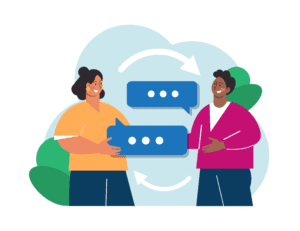 Synergy of Empathy and Active Listening
Synergy of Empathy and Active Listening
